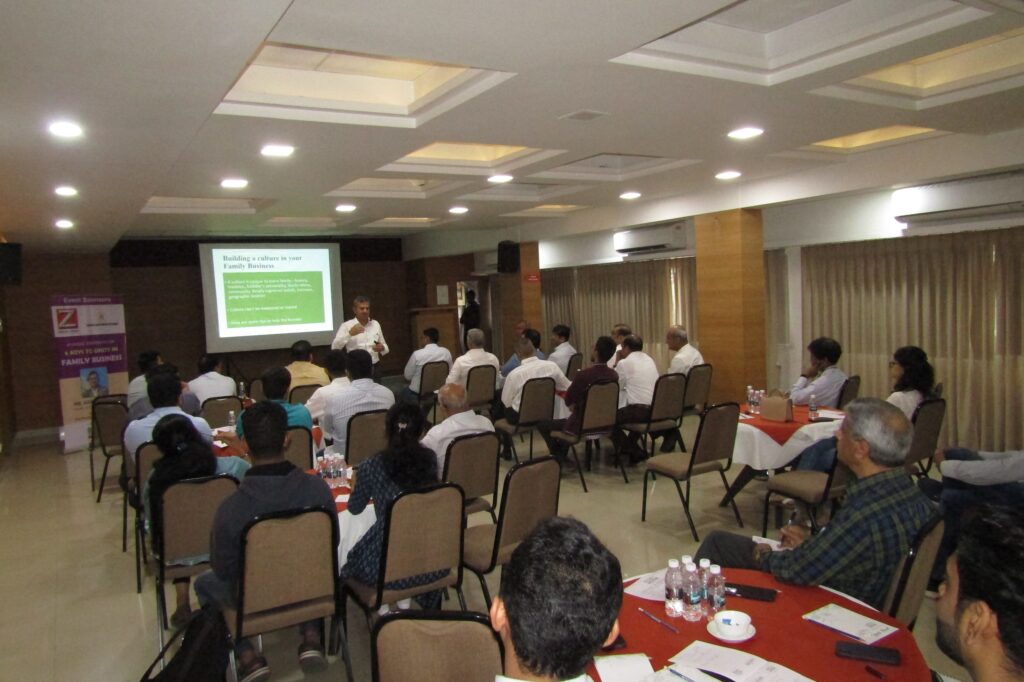


When the second generation enters a family business, there’s a 15–20 year overlap period as two generations work together side by side. This overlap is both a tremendous learning opportunity and a pressure cooker for conflict. For the founder, the business is not just an enterprise—it’s identity, sweat, and pride. Years of hard work have made him a rock star in both social and family circles. Sharing decision-making after a lifetime running a one man show is understandably difficult.
For the next generation, the challenge is equally daunting—they want room to contribute, experiment, and lead, but find themselves under the founder’s rather lengthy shadow. You have to wonder, will they ever be able to fill those outsized, founder-sized shoes?
From my experience of working with multi-generational families, there’s one big fault line to watch out for during joint leadership:
The Old Guard Dilemma
The old guard—those loyal executives who helped the founder build the business from scratch—often struggle to accept the next generation as leaders. They worry:
“Will my contribution be remembered?
Will I get the same respect from the next gen as from the founder?
Are my days numbered?”
The founder, comfortable in this trusted circle, wants them to stay, while the next generation, impatient to make their mark, see them as outdated and obstructive.
As the company grows, sometimes sprouting branches across cities, the founder finally admits—begrudgingly—that perhaps systems and professional management are needed. They bring in a team of professionals who are domain knowledge experts.
But hiring professionals sparks a classic turf war: the loyal old guard, who have celebrated every Holi & Diwali with the founder, versus the digitally savvy laptop wielding newcomers fresh from large corporates with salaries that the old guard resent. The new professionals, feeling like newcomers in a joint family, build bridges with the next gen, hoping to edge out the old guard and recruit a younger, flexible team. This battle – called the “Founder’s Trap” – can sap company vitality and drag on for years unless managed early.
Final Word
That 15–20 year overlap is a crucible. Many families crash during it — underinvestment in process, clashing egos, confused roles. But for those who lean in, it becomes the most rewarding phase of legacy building: the time when founders pass not just wealth, but wisdom, culture, and shared destiny.
If your family is entering or traversing that overlap, now is the moment to pause, reflect, and design for continuity. Don’t let it become toxic. Let it become transformational.
Let me know if you want help running a family retreat or drafting your family charter. I’ve done this enough to see the landmines — and I’ll guide you to safe paths.
About the Author
Harsh Chopra — Family Business Advisor & Coach. I partner with multigenerational families to build charters, resolve conflict, professionalize operations, and craft enduring legacies.
Know more: partners4growth.in